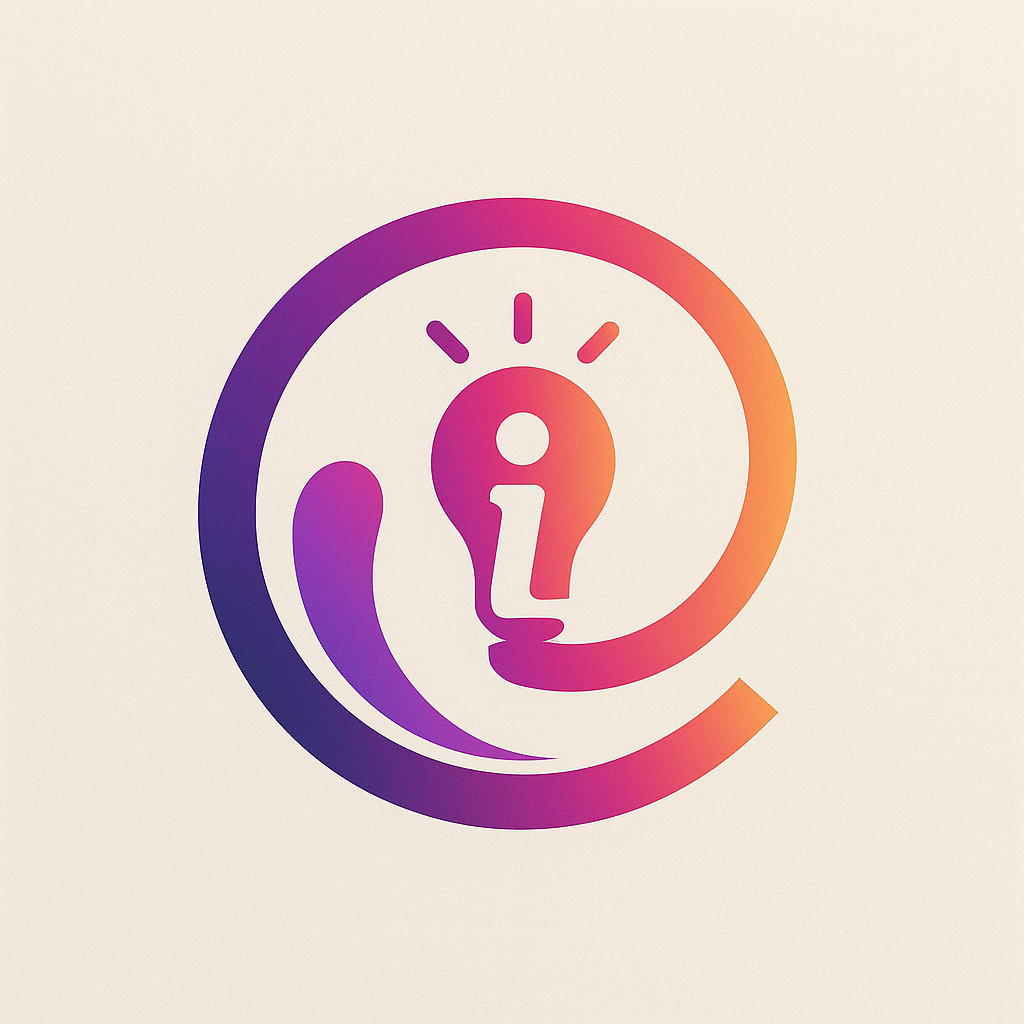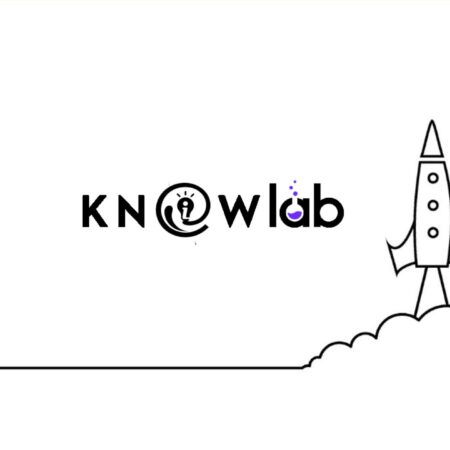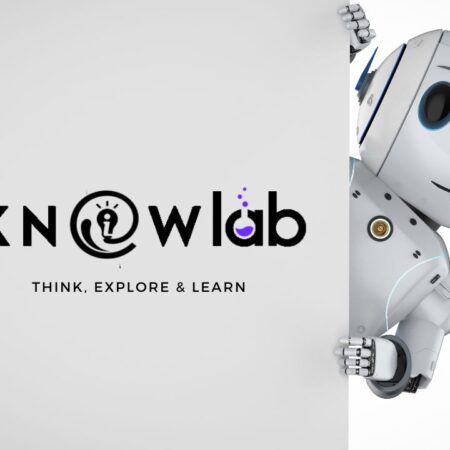
Google AI’s PaLM language model is a state-of-the-art large language model that can translate 200 languages with high accuracy, even when the languages are not closely related. This is a huge breakthrough in machine translation, and it has the potential to revolutionize the way we communicate and collaborate across cultures.
Join our Whatsapp Channel for instant updates on AI and Tech
PaLM is trained on a massive dataset of text and code from a variety of sources, including books, articles, websites, and code repositories. This allows PaLM to learn the relationships between different languages and to translate text with a high degree of fluency and accuracy.
What is PaLM?
PaLM is a large language model, which is a type of artificial intelligence that is trained on a massive dataset of text and code. This dataset includes books, articles, websites, and code repositories in a variety of languages. This allows PaLM to learn the relationships between different languages and to translate text with a high degree of fluency and accuracy.
How does PaLM work?
When PaLM is given a piece of text to translate, it first analyzes the text to understand its meaning. It then uses this understanding to generate a translation in the target language. PaLM takes into account a variety of factors when generating translations, including the grammar and syntax of the target language, as well as the cultural context of the text.
Here are some of the benefits of using PaLM for translation:
- Accuracy: PaLM is more accurate than traditional machine translation systems, especially when translating between languages that are not closely related.
- Fluency: PaLM’s translations are more fluent and natural-sounding than those of traditional machine translation systems.
- Versatility: PaLM can translate a wider range of text types than traditional machine translation systems, including creative works and technical documents.
PaLM can be used for a variety of purposes, including:
- Translating news articles, scientific papers, and creative works into multiple languages
- Translating code from one programming language to another
- Translating menus, signs, and other text in a foreign country
- Translating homework assignments into a student’s native language
Here are some examples of how PaLM is being used today:
- The Associated Press is using PaLM to translate its news articles into multiple languages so that they can reach a wider audience.
- Springer Nature is using PaLM to translate its scientific papers into multiple languages so that they can be read by researchers from all over the world.
- Google Translate is using PaLM to improve the accuracy and fluency of its translations.
PaLM is still under development, but it has the potential to change the way we communicate and collaborate across cultures. I’m excited to see how PaLM is used in the future to bring people together from all over the world.
Subscribe to AI Horizon and subscribe to Knowlab





